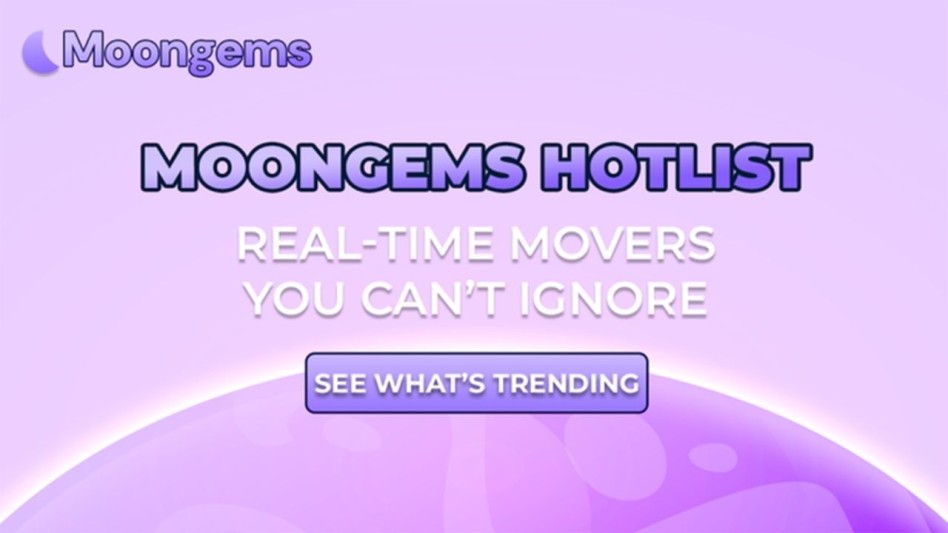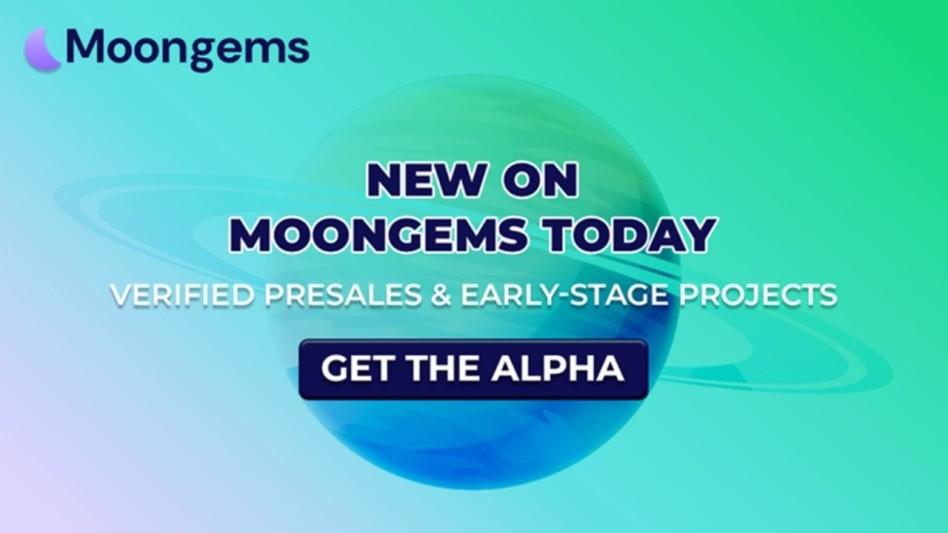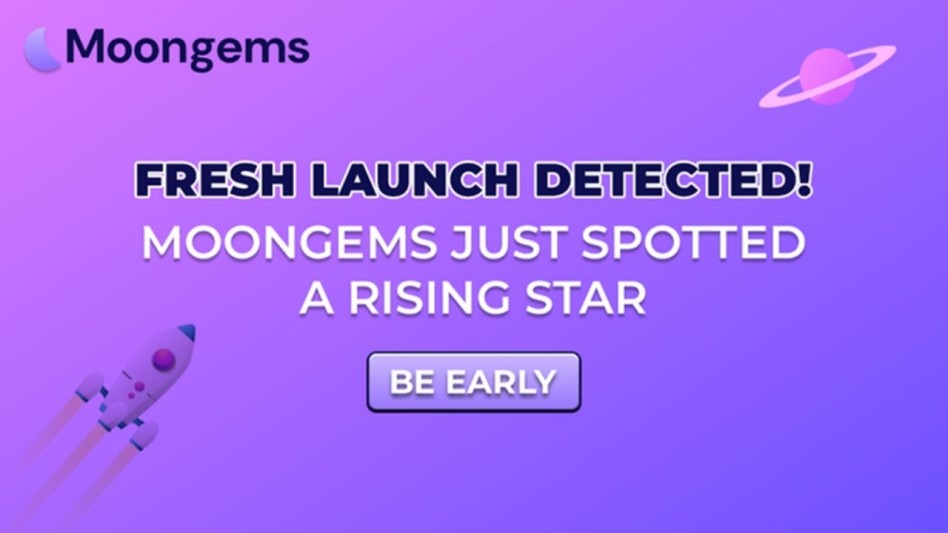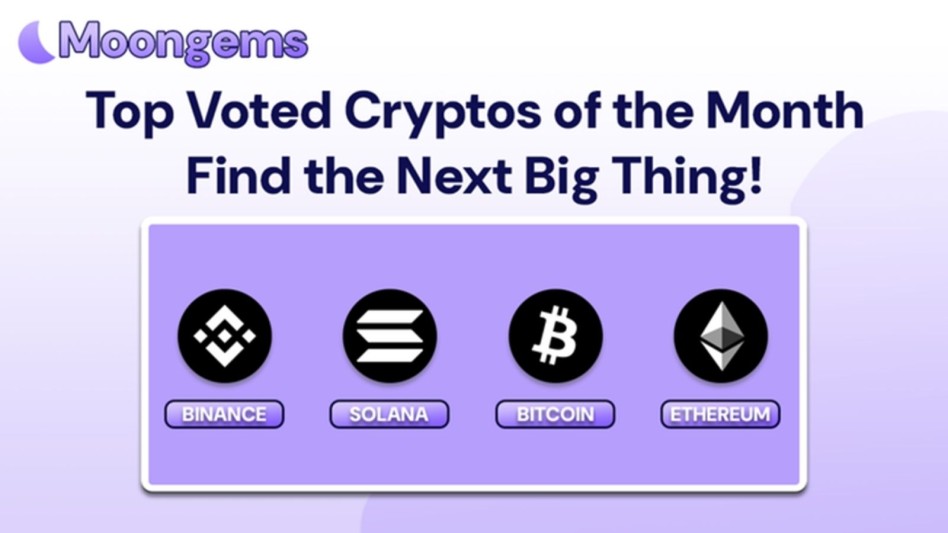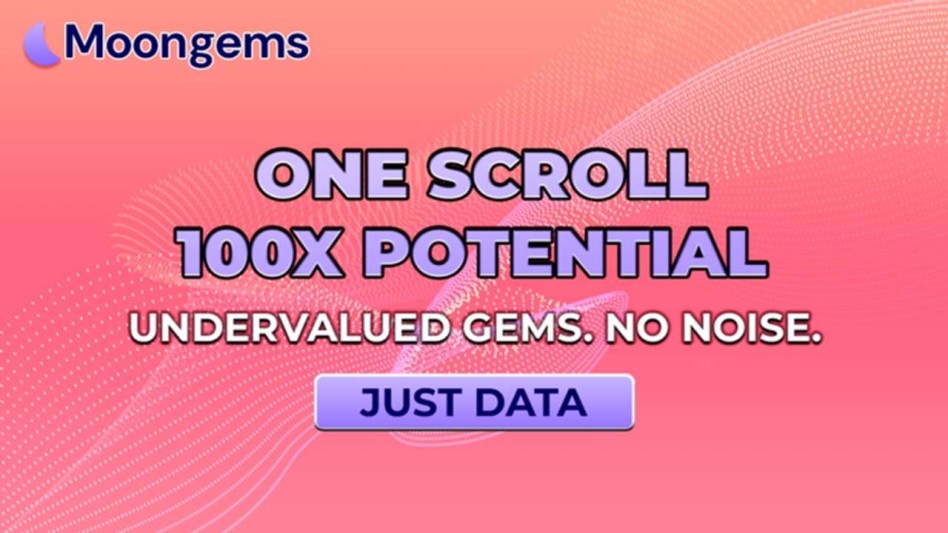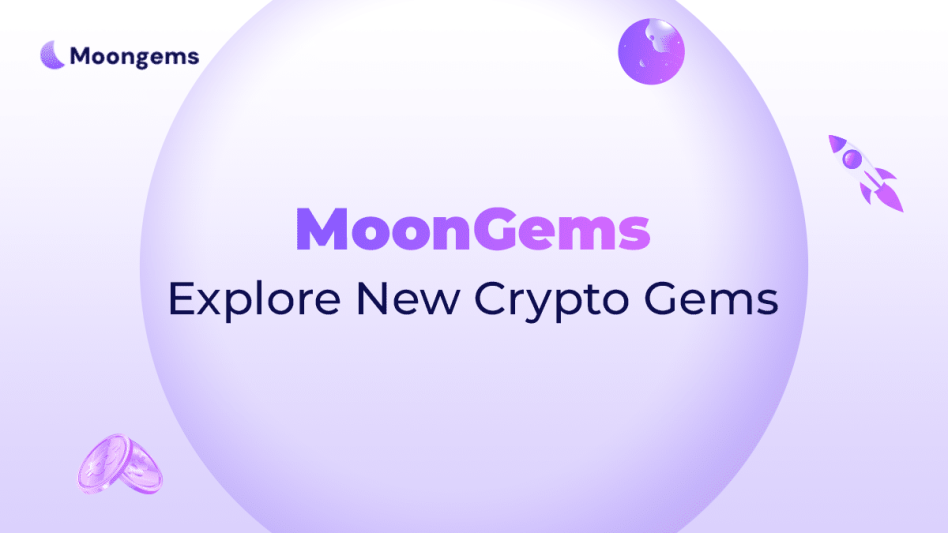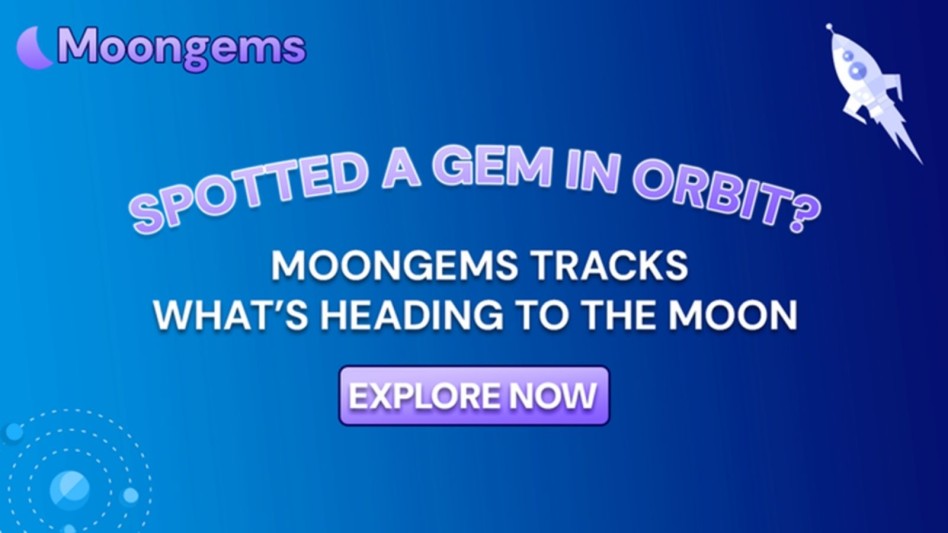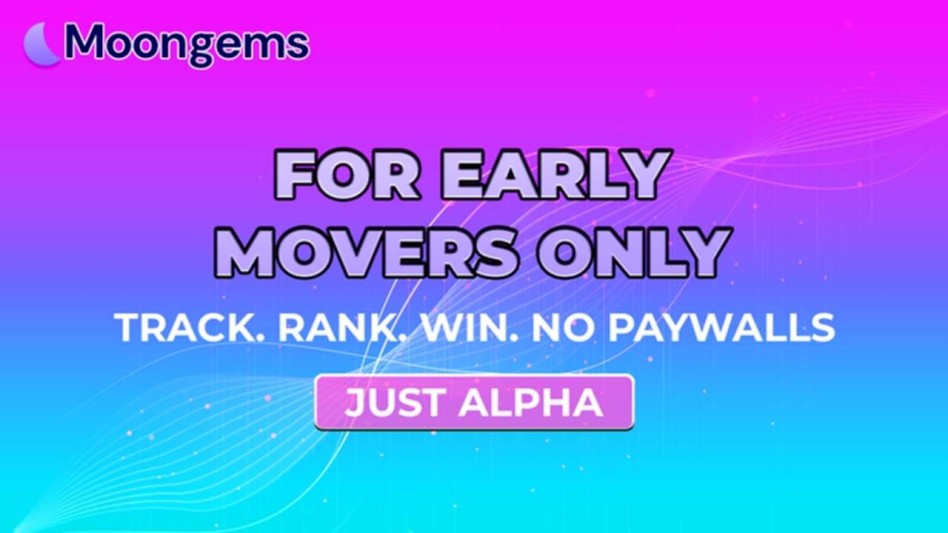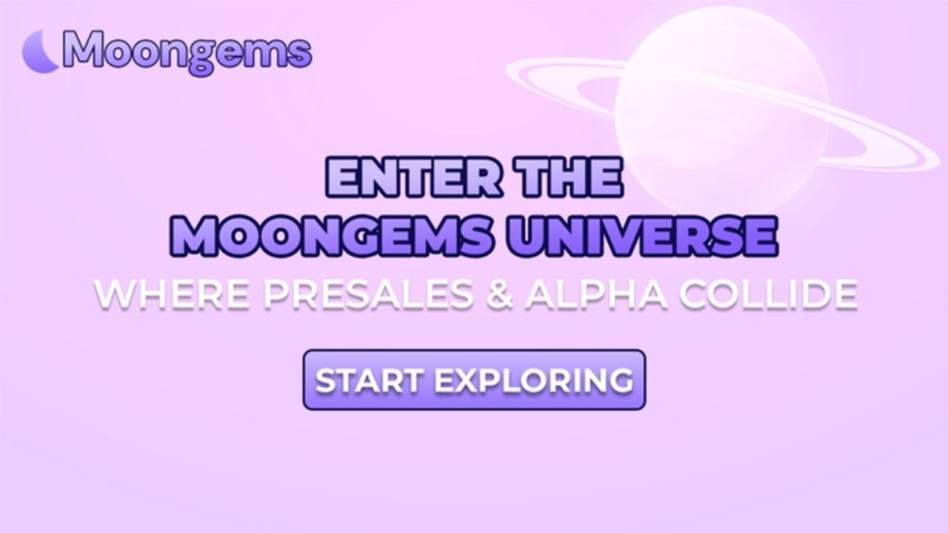Author: Jawad Hussain – Crypto Analyst & Web3 Researcher | 9+ years tracking presales, IDOs, and token launches. Follow him on X (formerly known as Twitter) and LinkedIn.
In the early days of cryptocurrency, “burning tokens” was the go-to method for creating scarcity and boosting value. The logic was simple: destroy a portion of the circulating supply, and the reduced availability should, in theory, push prices higher. While this approach worked as a marketing hook, it often lacked the depth and sustainability needed to drive long-term token value. Fast-forward to 2025, and tokenomics has evolved into a far more sophisticated science; one where advanced deflationary mechanisms are redefining how presales are structured, valued, and sustained in competitive markets.
Today’s high-caliber blockchain projects are no longer relying solely on basic burns. Instead, they are deploying complex systems like buyback-and-burn programs, liquidity destruction events, algorithmic supply adjustments, and even dynamic staking incentives that gradually reduce supply while strengthening token utility. These innovations are not just about creating scarcity; they are about embedding value into the very DNA of a token’s economic model.
Platforms like MoonGems are at the forefront of tracking and analyzing these evolving deflationary strategies. By providing real-time on-chain data, liquidity pool movements, and token flow analytics, MoonGems helps investors distinguish between genuine, sustainable deflationary models and those designed purely for hype. In an age where presale competition is fierce and investors are becoming more discerning, the ability to assess the quality of a deflationary mechanism can make the difference between securing long-term gains and holding a rapidly depreciating asset.
This shift in tokenomics is also a response to changing market dynamics. Regulatory scrutiny, the maturing DeFi sector, and the rise of institutional interest have pushed projects to prioritize transparency, predictability, and measurable economic benefits. Investors, whether retail participants or presale whales, are increasingly demanding more than flashy promises; they want tokenomics that can withstand bear markets, survive liquidity shocks, and foster sustained community engagement.
In this article, MoonGems will break down the next generation of deflationary mechanics driving presale tokenomics in 2025. We will explore how these mechanisms work, why they matter, and how they are shaping investor confidence. We will also examine real-world case studies, outline the risks and rewards, and provide a framework for evaluating whether a project’s deflationary claims are credible or just clever marketing.
The Evolution from Basic Burns to Advanced Mechanisms
In the early years of cryptocurrency, token burns were treated like magic. A project would announce the destruction of a portion of its token supply, and investors would rush in, expecting a price rally based on the law of scarcity. For a time, this worked, but the industry has matured, and the market has learned that scarcity alone does not guarantee value. Without strong demand drivers, utility, and transparent execution, burns are little more than symbolic gestures.
By 2025, this once-simple tool has evolved into a sophisticated network of deflationary mechanisms that combine scarcity creation with ongoing utility and economic reinforcement. According to MoonGems data, more than 68% of successful presale projects in the past 12 months used multi-layered deflationary models rather than relying solely on traditional burns.
Why Burns Alone Stopped Working
Basic burns faced three key problems:
- Lack of Sustainability: Once tokens were burned, the effect was permanent, but short-lived in market impact. Prices often spiked briefly before returning to pre-burn levels.
- No Demand Guarantee: Without a growing user base or clear utility, burning tokens simply reduced supply without stimulating ongoing demand.
- Transparency Issues: Investors became wary of “burn announcements” that lacked proof, with some projects fabricating or exaggerating the size of burns.
These shortcomings paved the way for more advanced, data-backed strategies that can be tracked and verified through blockchain analytics platforms like MoonGems.
The Rise of Advanced Deflationary Models
Modern deflationary mechanisms are designed to intertwine with a project’s utility ecosystem, creating ongoing scarcity while enhancing user participation. Some leading approaches include:
- Buyback-and-Burn Programs: Revenue from project activities (trading fees, NFT sales, staking penalties) is used to purchase tokens from the open market, which are then burned. This ties deflation directly to project performance.
- Dynamic Supply Adjustments: Algorithmic models that adjust token supply based on market conditions, ensuring a gradual reduction without creating liquidity shocks.
- Liquidity Destruction Events: Projects intentionally remove liquidity pool tokens to permanently reduce circulating supply while maintaining market balance.
- Deflationary Staking Models: Staking rewards are designed to come from transaction fees or redistribution, meaning the longer investors hold and stake, the more circulating supply is reduced.
MoonGems has documented that projects using at least two of these mechanisms see an average 27% longer post-launch price stability compared to single-burn models.
Integration into Presale Tokenomics
Presale tokenomics in 2025 are now engineered with deflationary mechanics built in from the very beginning. Instead of retroactively adding burns as a marketing event, projects are structuring vesting schedules, transaction taxes, and ecosystem rewards to create a self-sustaining cycle of supply reduction.
For example, one notable DeFi project monitored by MoonGems allocated 5% of all presale funds to a dedicated buyback pool, with smart contracts automating monthly token repurchases and burns. This transparency reassured investors and provided a measurable deflationary roadmap before launch.
The MoonGems Perspective
From MoonGems’ extensive monitoring of over 500 presale projects in the last year, one conclusion stands out: the future of deflationary tokenomics lies in transparency, verifiability, and utility-driven scarcity. Investors who can identify projects that align their economic model with user growth and ecosystem activity are far more likely to enjoy sustainable returns.
Key Types of Advanced Deflationary Mechanisms in 2025
By 2025, token burning has shifted from a single-event marketing tactic into a multi-pronged, data-driven strategy that integrates economic design, user incentives, and blockchain transparency. MoonGems research identifies five primary categories of advanced deflationary mechanisms shaping the market today.
1. Buyback-and-Burn Models
How it works: The project uses a portion of its revenue, whether from trading fees, NFT royalties, in-game purchases, or DeFi protocol profits, to buy tokens from the open market, which are then permanently destroyed.
Why it matters: This approach directly ties scarcity creation to the project’s real-world performance. The stronger the ecosystem, the greater the buyback power. For example, MoonGems tracking shows that DeFi protocols implementing buyback-and-burn from launch tend to see 20–30% higher post-listing liquidity retention compared to projects without a performance-linked burn system.
2. Dynamic Supply Adjustment (Algorithmic Burns)
How it works: Instead of fixed burn schedules, smart contracts adjust the burn rate based on trading volume, liquidity levels, or market sentiment.
Why it matters: This avoids large, sudden supply shocks that could cause volatility, ensuring a more predictable price curve. For example, in one notable MoonGems-monitored case, a gaming token reduced its supply burn rate during bearish cycles to protect liquidity, then increased it during high-volume bullish runs, smoothing volatility without halting deflation.
3. Liquidity Pool Destruction
How it works: The project removes liquidity tokens from decentralized exchanges (DEXs) permanently, effectively locking those assets out of circulation.
Why it matters: This not only reduces circulating supply but also raises the difficulty of price manipulation by reducing the available liquidity for large trades. For example, MoonGems data shows that projects executing controlled liquidity burns over time tend to hold price floors more consistently than those relying only on token burns.
4. Deflationary Staking Rewards
How it works: Instead of minting new tokens for staking rewards, projects redistribute transaction fees, penalties from early unstaking, or other revenue sources. A portion of these rewards can also be burned.
Why it matters: This aligns long-term holding with deflationary pressure, making it more attractive for users to stake rather than sell. For example, MoonGems analysis found that deflationary staking projects see average staking retention rates of 72% compared to 54% for inflationary models.
5. Event-Triggered Burns
How it works: Burns are triggered by specific milestones, achievements, or ecosystem activities. For example, a gaming project burning tokens whenever a player reaches a certain rank, or an NFT marketplace burning a percentage of each high-value sale.
Why it matters: This ties the deflationary process directly to community engagement, gamifying token scarcity. For instance, a blockchain-based sports platform monitored by MoonGems burned tokens every time a tournament prize was claimed, creating ongoing buzz and anticipation in the community.
MoonGems Investor Tip
MoonGems advises investors to look for three key qualities in any advanced burn model:
- Transparency: On-chain proof of burns and buybacks.
- Ecosystem Integration: Scarcity tied to project usage, not just marketing.
- Sustainability: The mechanism can operate indefinitely without draining project resources.
When these elements align, deflationary mechanisms evolve from hype tools into core economic drivers that support long-term value.
How Deflationary Tokenomics Impact Market Psychology
Deflationary tokenomics do more than reduce supply; they fundamentally shape how investors think, act, and react. In 2025’s hyper-competitive crypto markets, MoonGems research shows that scarcity mechanics influence everything from short-term speculation to long-term holding strategies.
1. The Scarcity Premium Effect
When investors know that the available token supply will continuously shrink, they assign a higher perceived value to each remaining unit. This “scarcity premium” often triggers an early accumulation mindset, where buyers rush to secure tokens before supply diminishes further.
- Example: MoonGems tracked a DeFi platform where a predictable monthly burn schedule caused trading volume spikes 48 hours before each burn event, as traders bought in to benefit from the perceived post-burn price lift.
- Investor Psychology: Scarcity is a powerful cognitive driver, comparable to how limited-edition collectibles command higher prices in traditional markets.
2. Anchoring and Price Memory
Once burns push a token’s price above a certain level, investors often anchor their expectations to that new threshold. Even if the price later dips, they perceive it as “discounted” rather than overvalued.
- Example: MoonGems analysis revealed that a gaming token, which burned 5% of supply after a major milestone, maintained a 22% higher price floor in the three months following the burn.
- Investor Psychology: Anchoring creates resilience against panic selling, as holders feel their asset is “worth more” than current market fluctuations suggest.
3. FOMO Amplification
Deflationary mechanics can magnify Fear of Missing Out by making it clear that each passing day means fewer tokens in circulation.
- Example: In a case monitored by MoonGems, a limited NFT-linked token burned supply every time a high-value sale occurred. Social media buzz turned each burn into a mini marketing event, increasing new wallet creation by 37% in two weeks.
- Investor Psychology: This creates a feedback loop, burns trigger excitement, which attracts buyers, which drives prices up, which reinforces the urgency to buy.
4. Long-Term Holder Reinforcement
Deflationary staking rewards give holders a double incentive; they earn passive income while the underlying supply shrinks.
- Example: A DAO governance token studied by MoonGems saw a 19% increase in average staking duration after introducing a partial burn on staking rewards.
- Investor Psychology: Holders feel rewarded twice, through yield and scarcity-driven appreciation, making them less likely to sell in downturns.
5. Speculative Bubble Risk
While deflationary models can drive healthy demand, they also risk creating speculative bubbles if supply reduction outpaces organic adoption.
- Example: MoonGems recorded a meme coin that aggressively burned supply without ecosystem growth. The token spiked 400% in a month but collapsed 80% soon after as hype faded.
- Investor Psychology: Without genuine utility or adoption, scarcity alone can’t sustain value; the “greater fool” theory eventually runs out of fools.
MoonGems Investor Tip
MoonGems advises combining burn schedule analysis with on-chain adoption metrics before making a decision. Look for:
- Consistent unique wallet growth alongside burns.
- Tangible ecosystem usage of the token.
- Revenue-backed burns rather than purely symbolic events.
By understanding how deflationary tokenomics influence market psychology, investors can better time entries, avoid hype traps, and align with projects that combine scarcity with substance.
Case Studies of Deflationary Successes and Failures
Deflationary tokenomics have become a popular lever for crypto projects in 2025, but their effectiveness depends heavily on execution, transparency, and timing. MoonGems’ deep-dive research into on-chain metrics reveals that some tokens thrive under scarcity models, while others implode when supply reduction is used as a marketing gimmick rather than a sustainable economic strategy.
1. Success Story: Binance Coin (BNB)
BNB has been a poster child for sustainable deflationary tokenomics since its inception.
- Mechanism: Binance commits to quarterly token burns based on trading volume, creating a direct link between ecosystem growth and scarcity.
- MoonGems Findings: Since 2017, BNB’s total supply has been reduced by over 20%, while its price has grown in tandem with the exchange’s market dominance.
- Key Takeaway: Burns tied to actual revenue and usage create a reinforcing loop, ecosystem growth fuels burns, burns drive scarcity, scarcity boosts demand, and demand further grows the ecosystem.
2. Success Story: Shiba Inu (SHIB) Community Burn Campaigns
While SHIB started as a meme coin, its community-led burn initiatives have evolved into a genuine deflationary force.
- Mechanism: SHIB burns are driven by transaction fees, merchandise sales, and event-based campaigns.
- MoonGems Findings: In 2024, community burns removed 410 trillion SHIB from circulation, coinciding with a 42% rise in active addresses.
- Key Takeaway: Community-driven burns can boost engagement and wallet growth, especially when combined with strong branding and active marketing.
3. Failure Case: BlazeChain (BLZC)
BlazeChain’s aggressive burn strategy became a cautionary tale for deflationary tokenomics gone wrong.
- Mechanism: The team burned 50% of its supply at launch and promised weekly burns thereafter.
- MoonGems Findings: The burns were not linked to real ecosystem revenue, leading to short-term hype but no sustainable demand. The token spiked 300% in its first month, only to crash 85% within 90 days.
- Key Takeaway: Scarcity without adoption leads to volatility. Without clear utility, burns are just temporary marketing stunts.
4. Failure Case: NovaPay Token (NPT)
NovaPay aimed to become a DeFi payment gateway but mismanaged its burn strategy.
- Mechanism: 10% of every transaction was burned, marketed as “hyper-deflationary.”
- MoonGems Findings: High burn fees discouraged usage, reducing on-chain transactions by 65% in six months. With no incentive to actually use the token, liquidity dried up, and price followed.
- Key Takeaway: Overly aggressive burn rates can deter actual use cases and choke a project’s growth before it can mature.
5. MoonGems Comparative Analysis
From these examples, MoonGems identifies three success indicators for deflationary tokenomics:
- Revenue-Linked Burns: Projects like BNB tie burns to verifiable income streams, ensuring burns scale with real adoption.
- Community Engagement: SHIB’s grassroots burn campaigns prove that engaged communities can be a major force in sustaining demand.
- Balanced Burn Rates: Excessive burns can backfire; optimal rates incentivize holding without discouraging transactions.
By contrast, failures like BlazeChain and NovaPay show that hype-driven scarcity without substance leads to short-lived rallies and long-term losses.
MoonGems Insights on Timing Deflationary Plays
Deflationary tokenomics can be a goldmine for disciplined investors, but only when the timing is right. Through advanced on-chain tracking, historical back-testing, and AI-driven sentiment models, MoonGems has identified patterns that separate the profitable plays from the costly missteps.
1. The “Burn-to-Buzz” Cycle
MoonGems’ data shows that most deflationary tokens follow a predictable three-phase pattern:
- Phase 1: Announcement Spike – News of an upcoming burn often causes immediate price surges, especially when the burn is sizable and transparent.
- Phase 2: Execution Dip – Once the burn occurs, short-term traders often take profits, creating a pullback.
- Phase 3: Post-Burn Momentum – If the burn is backed by strong fundamentals (revenue, adoption, liquidity), the token usually enters a sustained uptrend.
Investor Takeaway: Enter during the late announcement phase or the early execution dip, provided fundamentals check out. MoonGems alerts can notify users the moment significant burn news drops.
2. Seasonal Patterns in Deflationary Tokens
MoonGems’ year-on-year analysis found that deflationary tokens tend to perform best during broader bullish market cycles, when liquidity and retail participation are high.
- In bull markets, scarcity narratives fuel FOMO, and burns have amplified effects.
- In bear markets, burns can soften declines but rarely reverse downtrends without strong utility adoption.
Investor Takeaway: Align deflationary plays with macro market momentum. Even the strongest burn mechanics can be muted during liquidity droughts.
3. The Liquidity Factor
A crucial yet overlooked timing element is liquidity depth before and after a burn. MoonGems liquidity dashboards reveal that burns in low-liquidity environments cause violent spikes and dumps, while burns in high-liquidity environments create smoother, more sustainable price action.
Investor Takeaway: Use MoonGems’ liquidity pool monitoring to assess whether there’s enough depth to absorb post-burn volatility.
4. Whales and Deflationary Timing
Whale behavior plays a decisive role in deflationary token rallies. MoonGems’ whale tracker has consistently identified that coordinated whale accumulation before a major burn is often the most reliable signal for upcoming price momentum.
- If whales are accumulating in silence ahead of a burn, odds are they expect sustained appreciation.
- If whales are distributing during the announcement phase, expect a sell-the-news event.
Investor Takeaway: Cross-reference whale activity with burn announcements for optimal timing.
5. Avoiding the Burn Trap
MoonGems warns against the “burn trap”; entering solely because a burn is happening, without evaluating the project’s fundamentals.
- A burn in a token with no real demand can create a short-lived pump that collapses once hype fades.
- Sustainable burns require ongoing token sinks, staking rewards, ecosystem payments, governance use, etc.
Investor Takeaway: MoonGems’ sentiment scores, developer activity tracking, and user growth analytics help verify whether a project has the demand to make a burn meaningful.
The MoonGems Timing Framework
To time deflationary plays effectively, MoonGems recommends:
- Scan for credible burn announcements (linked to real revenue/adoption).
- Check liquidity depth to avoid extreme volatility.
- Monitor whale positioning pre-burn for insider confidence signals.
- Assess sentiment trends across social and on-chain data.
- Align with market momentum; burns in bull runs amplify gains, burns in bear runs act as damage control.
When executed with discipline, deflationary plays can be among the most lucrative crypto strategies in 2025. But as MoonGems’ data proves, success comes from combining scarcity with strong fundamentals, strategic entry points, and rigorous monitoring.
Conclusion: Turning Data Into Deflationary Profits
In 2025, deflationary tokenomics is no longer a gimmick; it’s a measurable market driver. But while the concept of scarcity excites investors, success depends less on the burn itself and more on how, when, and in what market conditions it occurs.
MoonGems’ research consistently shows that timing is the ultimate alpha in deflationary plays. The “burn-to-buzz” cycle offers clear entry points, but only for those who understand that hype alone cannot sustain prices. Liquidity depth, whale positioning, and macro market sentiment form the foundation of every profitable deflationary trade.
The lesson for both seasoned traders and newcomers is clear: deflationary mechanisms can amplify gains, but they can also magnify losses when approached blindly. By leveraging MoonGems’ liquidity dashboards, whale trackers, sentiment analytics, and burn monitoring tools, investors can separate high-potential plays from fleeting pump-and-dumps.
In a market dominated by rapid narrative shifts, MoonGems empowers investors to adapt in real time, spotting opportunities before they hit the mainstream and avoiding traps set by hype cycles. Those who combine data, discipline, and market awareness position themselves to ride the most powerful waves in crypto’s deflationary tide.
The future belongs to investors who treat scarcity not as a buzzword, but as a strategy, one backed by measurable metrics and precise execution. With MoonGems as the compass, deflationary plays can become a consistent, calculated component of any high-performing crypto portfolio.
Frequently Asked Questions (FAQs)
- What is a deflationary token?
A cryptocurrency with a supply that decreases over time, typically via burns or token sinks. - How does MoonGems help with timing deflationary plays?
MoonGems provides real-time burn alerts, whale tracking, liquidity data, and sentiment analysis. - Are burns always bullish?
Not necessarily. Without strong demand, burns can cause short-term spikes but lack long-term impact. - What’s the best time to enter a deflationary play?
Often during the late announcement phase or early execution dip, confirmed with MoonGems data. - Can deflationary tokens fail?
Yes, especially if they rely solely on scarcity without utility or adoption.
Glossary of Key Terms
- Burn Event – Permanent removal of tokens from circulation to reduce supply.
- Liquidity Depth – The amount of capital available in a token’s market to absorb trades without large price swings.
- Whale Accumulation – Large-scale buying by high-net-worth holders or funds.
- Market Momentum – The broader bullish or bearish trend influencing all assets.
- Pump-and-Dump – A scheme where prices are artificially inflated before being rapidly sold off.
Article Summary
Deflationary tokenomics in 2025 offers immense opportunity, but only for investors who approach it with precision. MoonGems’ analytics reveal that the key to profiting lies in timing entries around the burn-to-buzz cycle, aligning with liquidity conditions, monitoring whale activity, and assessing market sentiment. Burns without demand risk quick collapses, while well-timed burns in high-liquidity, bullish markets can produce outsized returns. For traders of all levels, MoonGems provides the data and insights needed to navigate scarcity-driven markets with confidence.
Disclaimer
This article is for educational purposes only and does not constitute financial advice or an endorsement of any specific project. Always conduct your own research and consult a licensed financial advisor before investing in cryptocurrency or digital assets.



